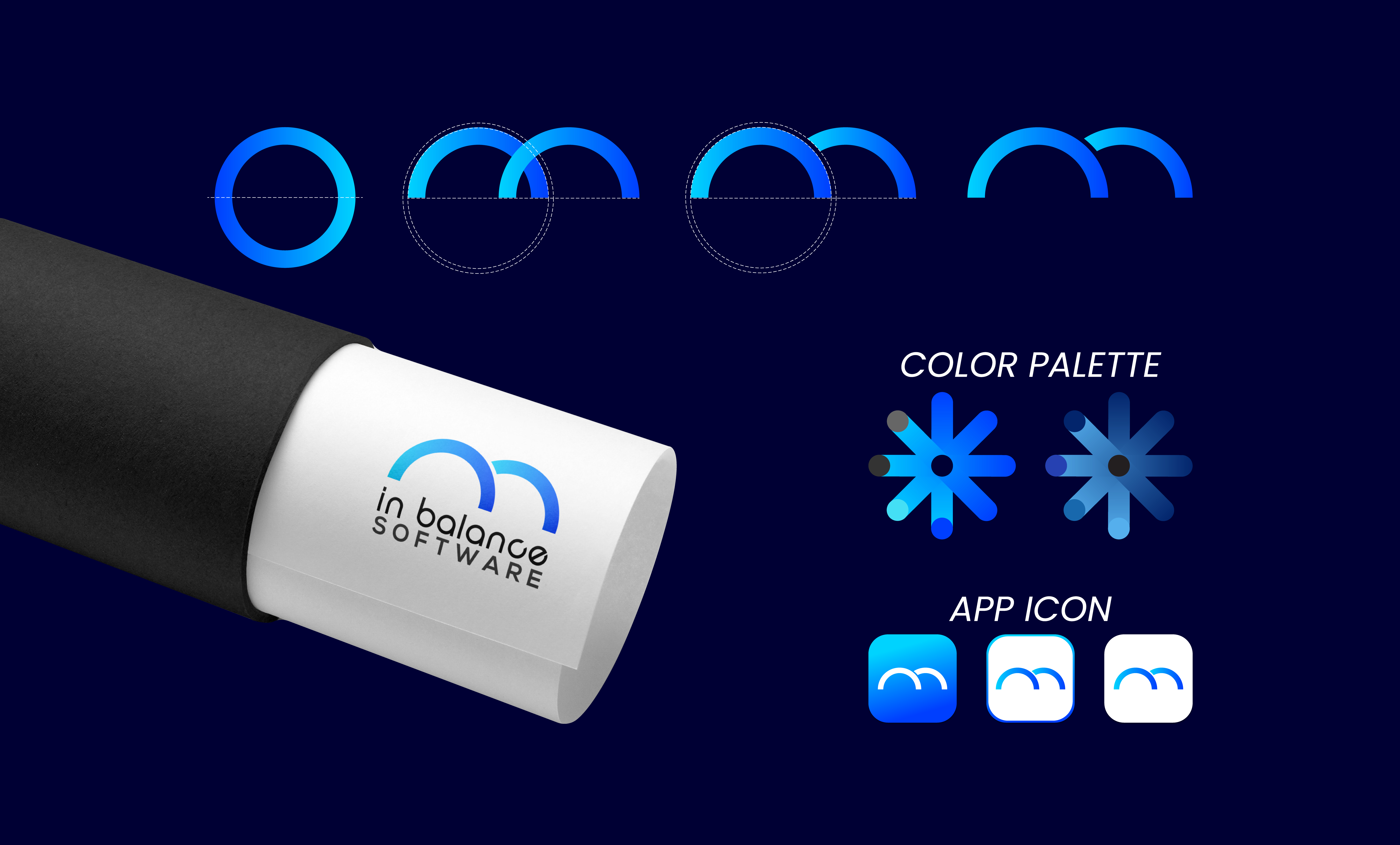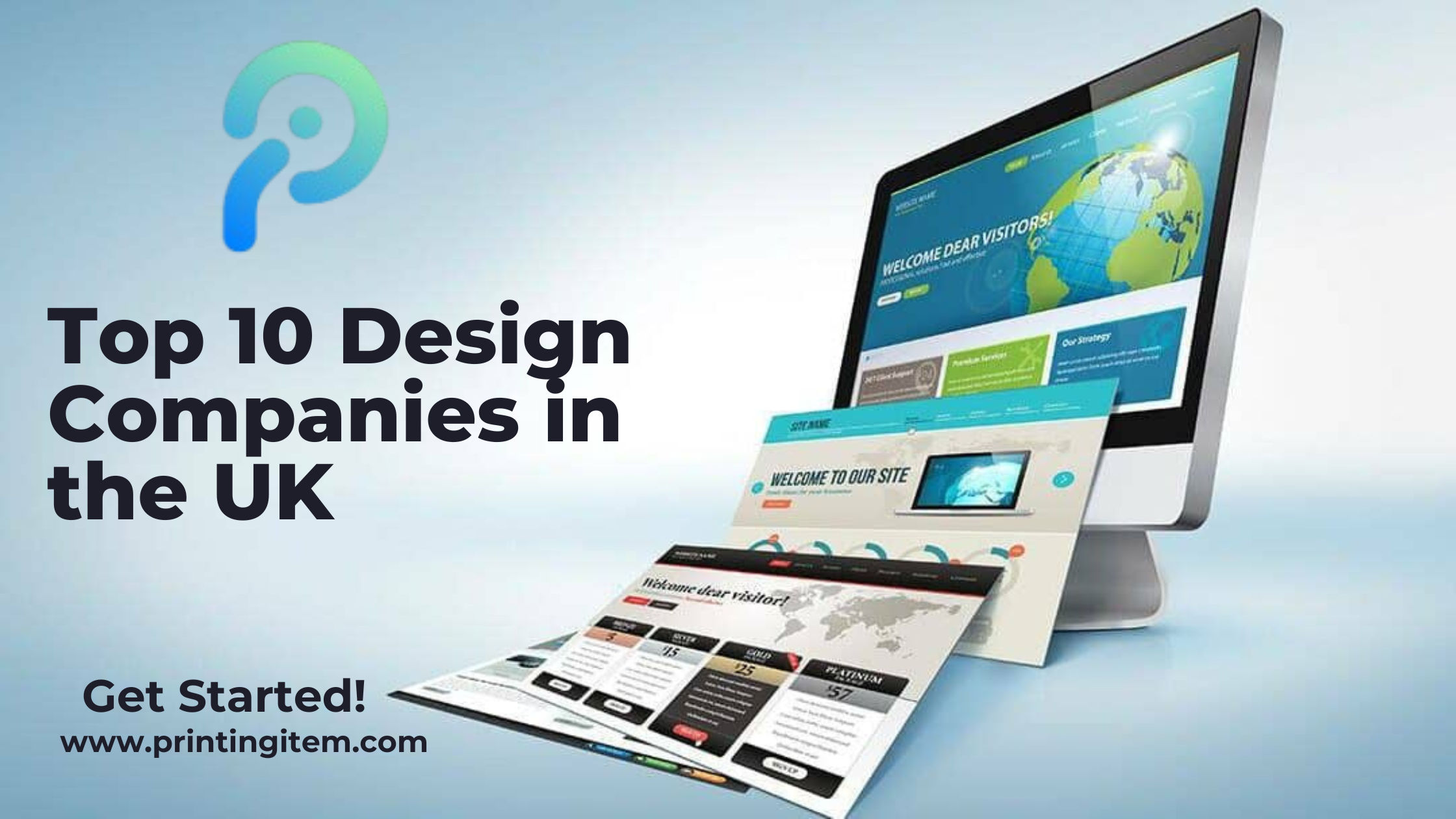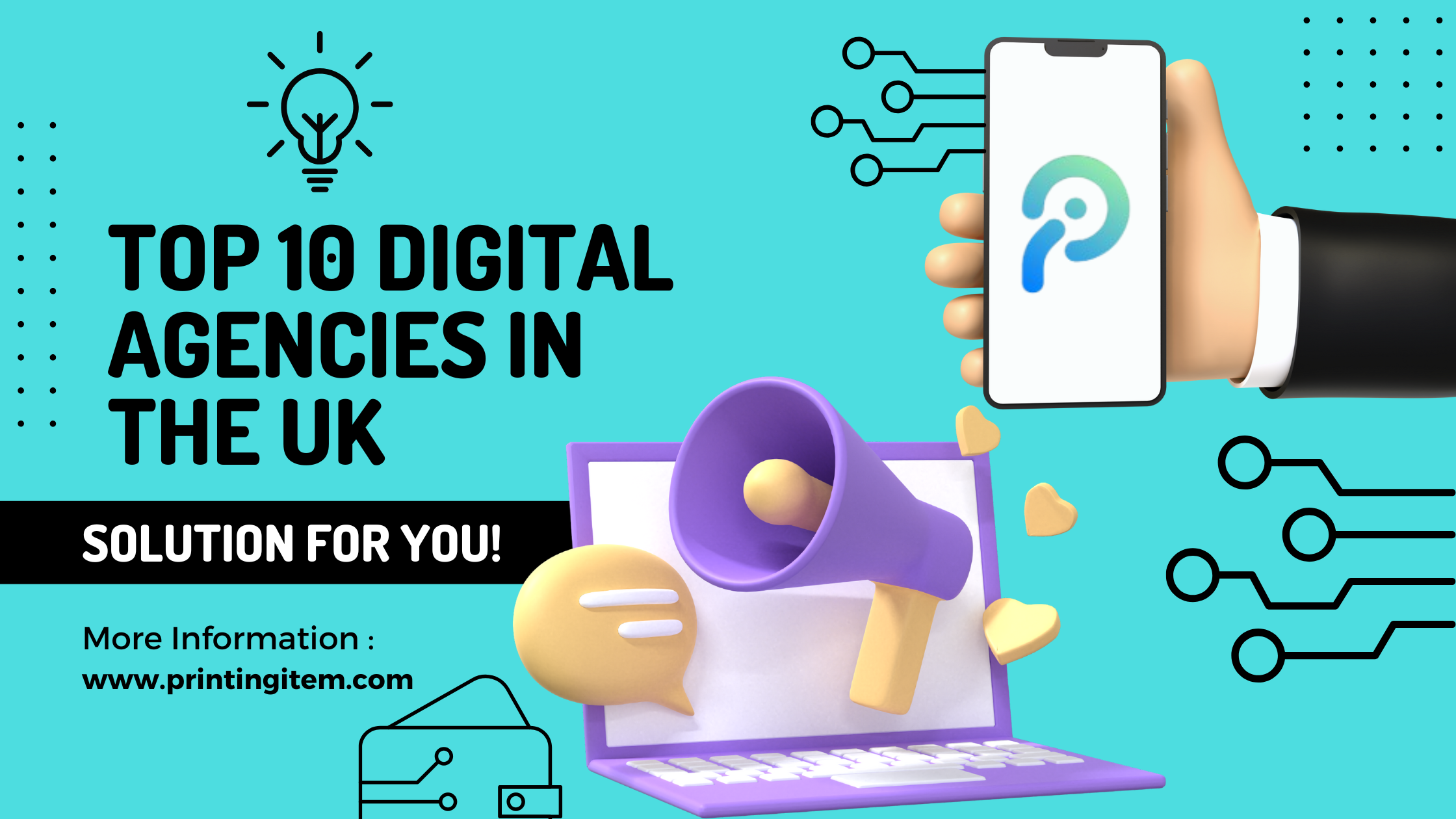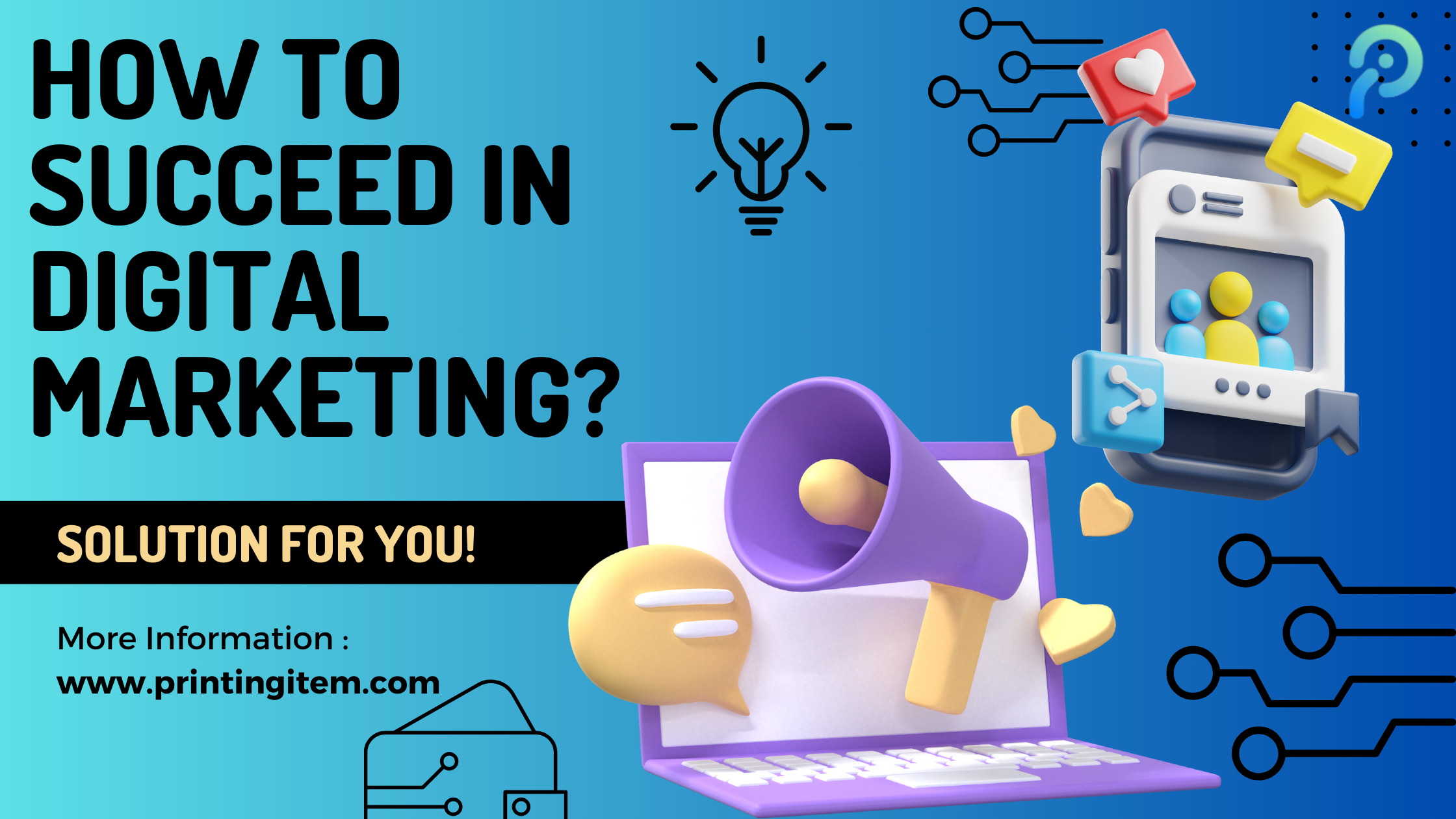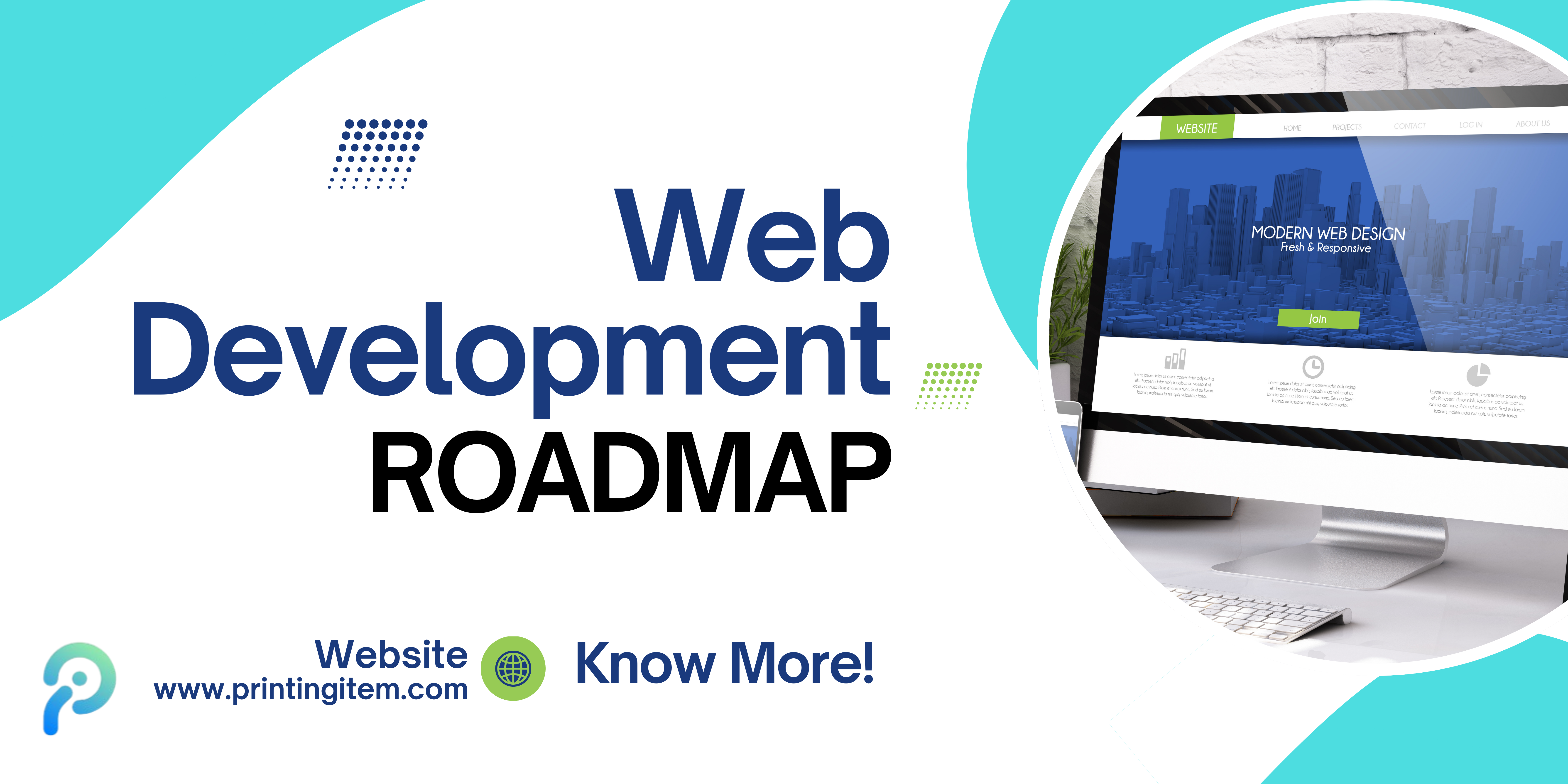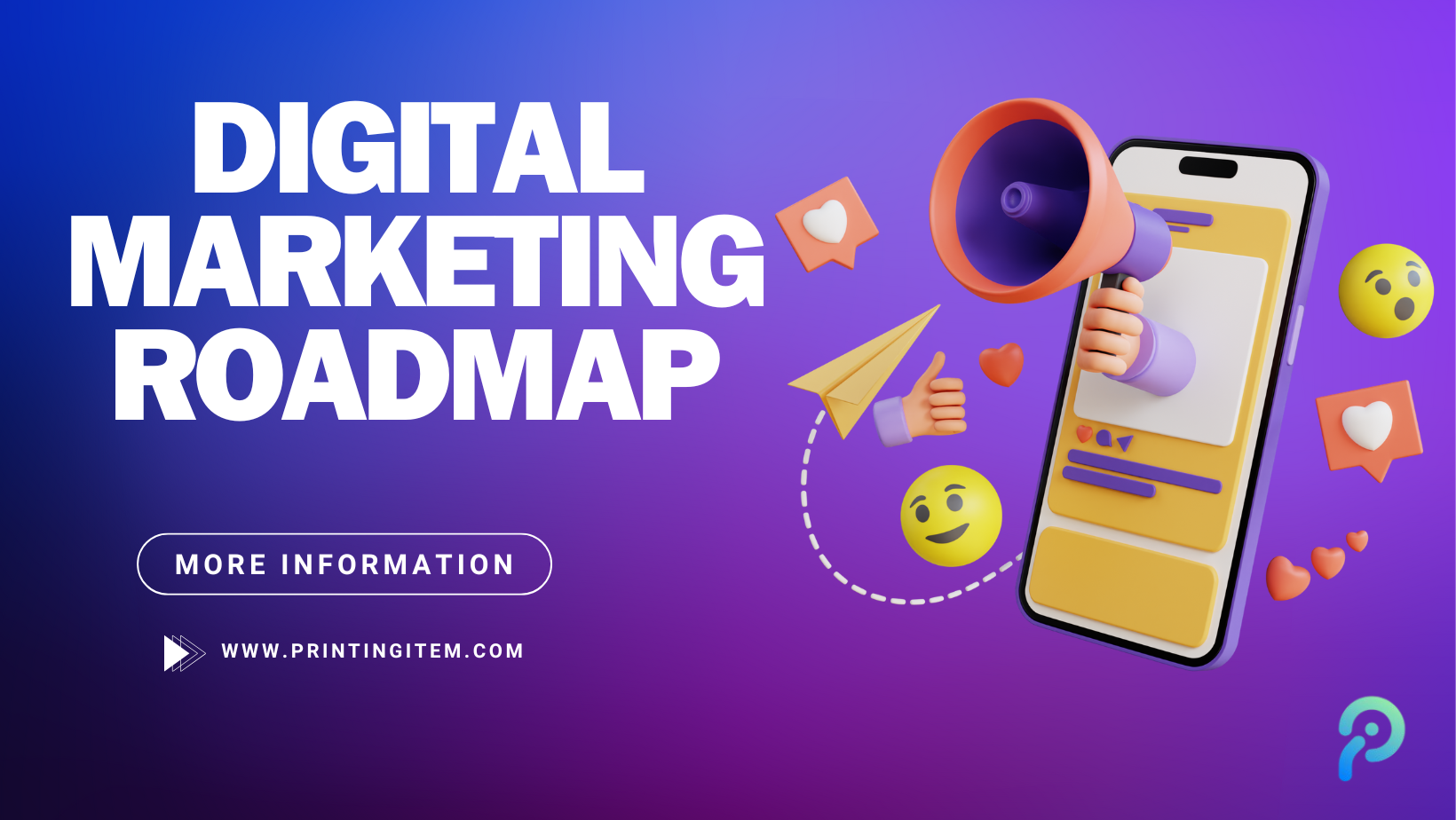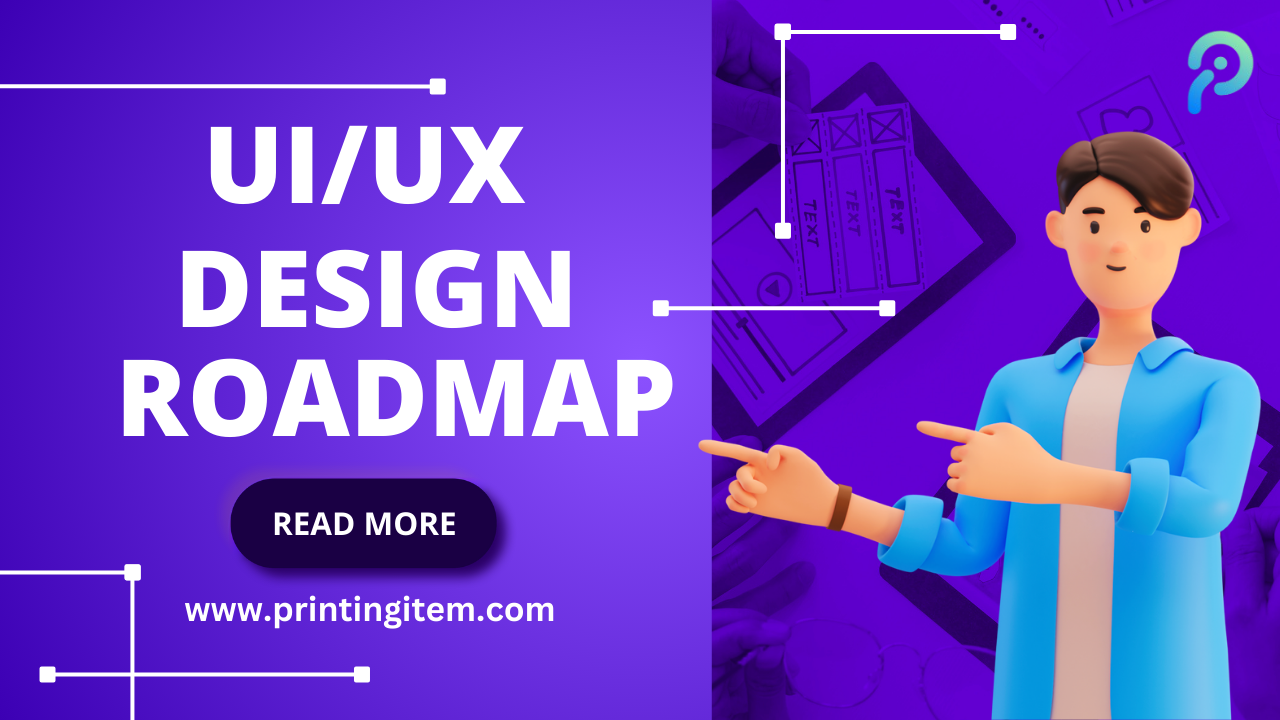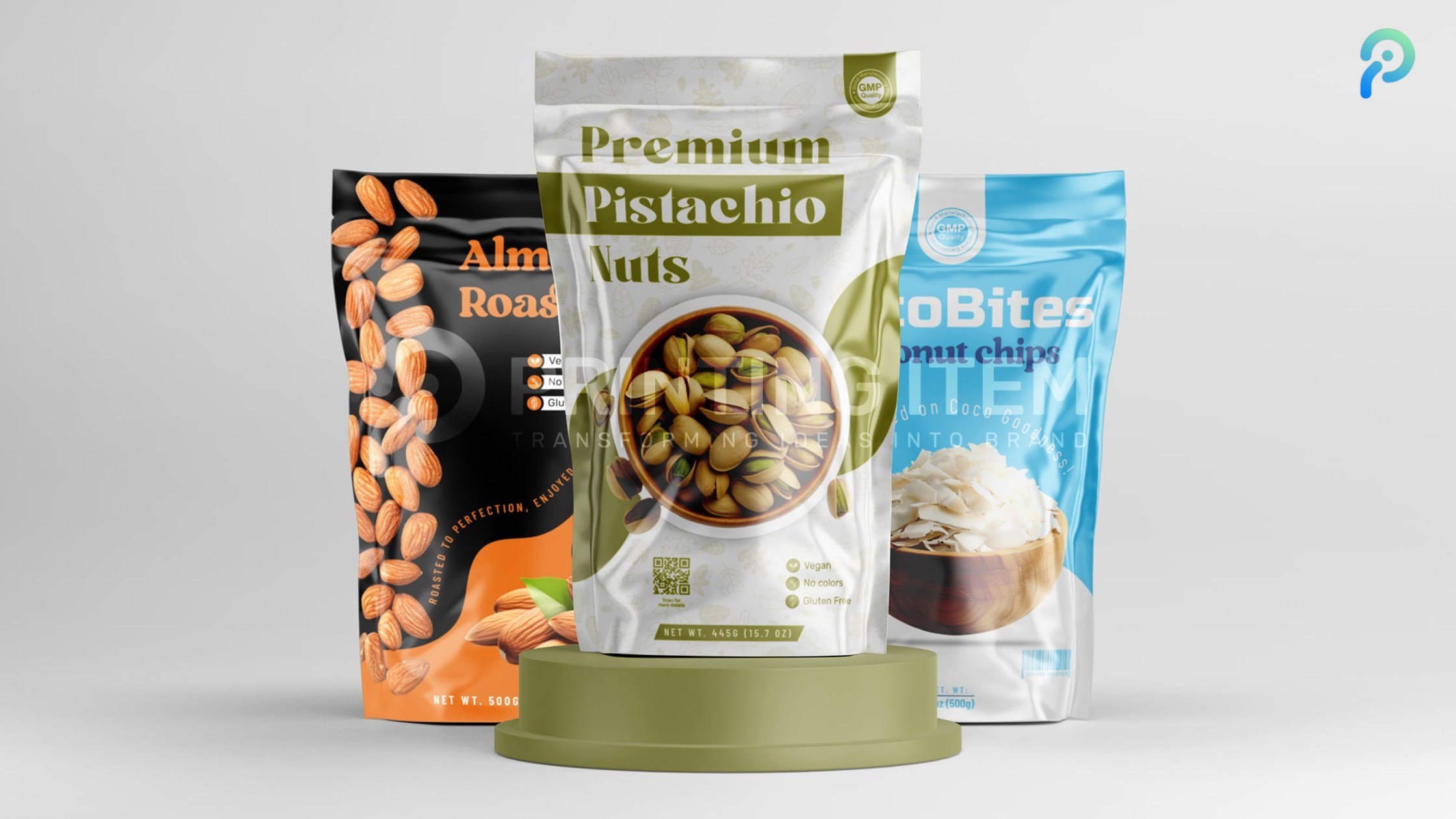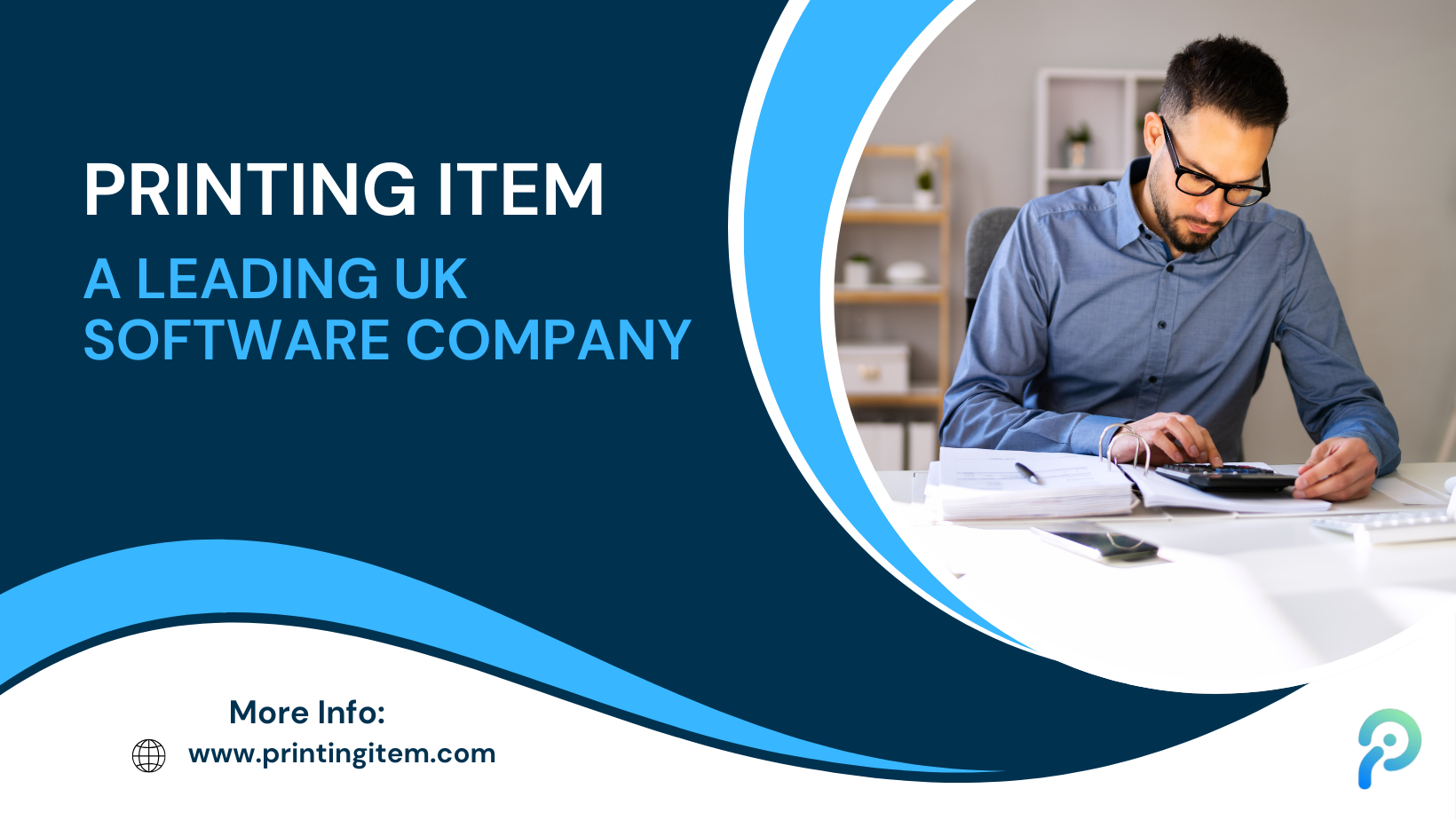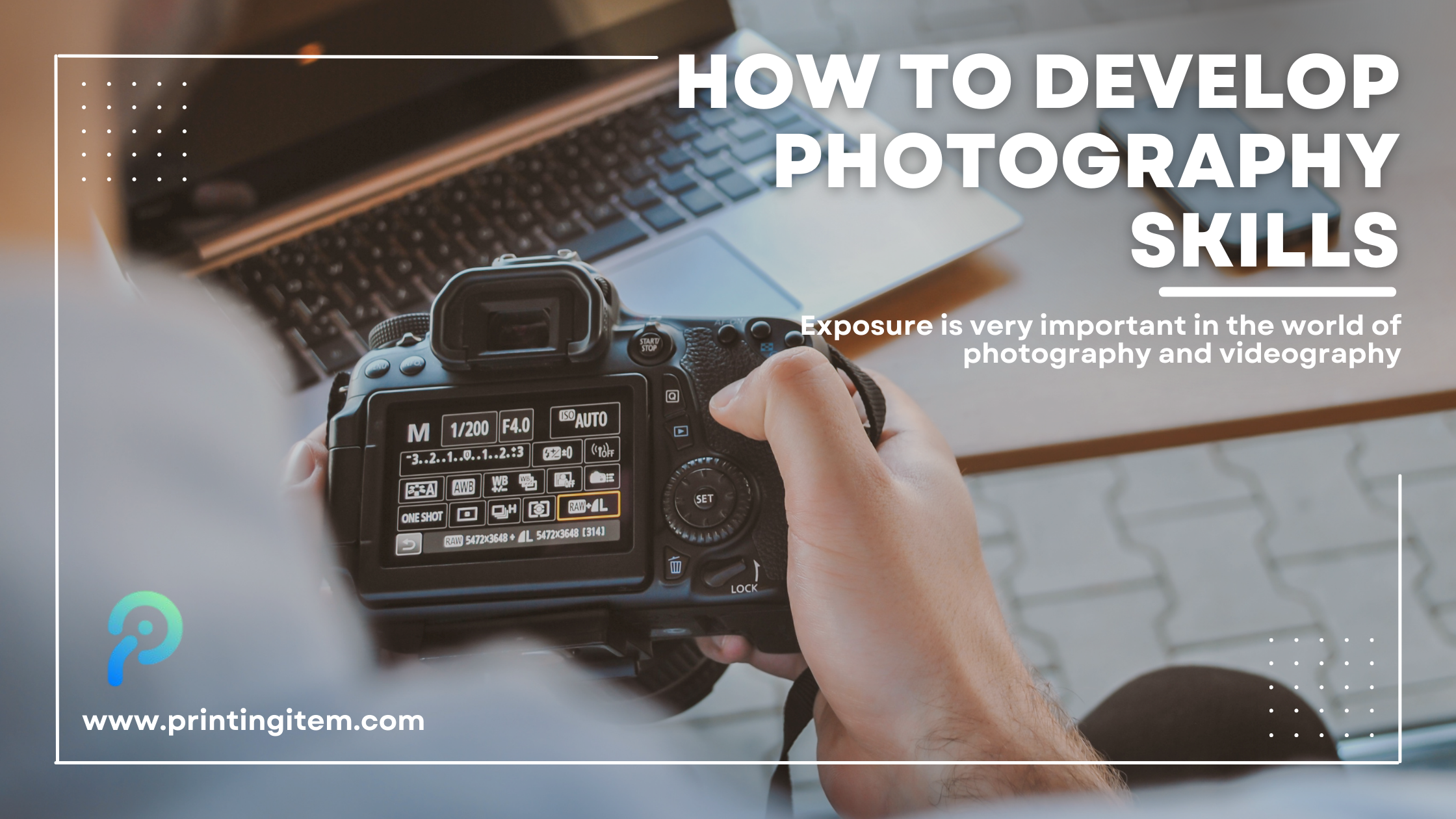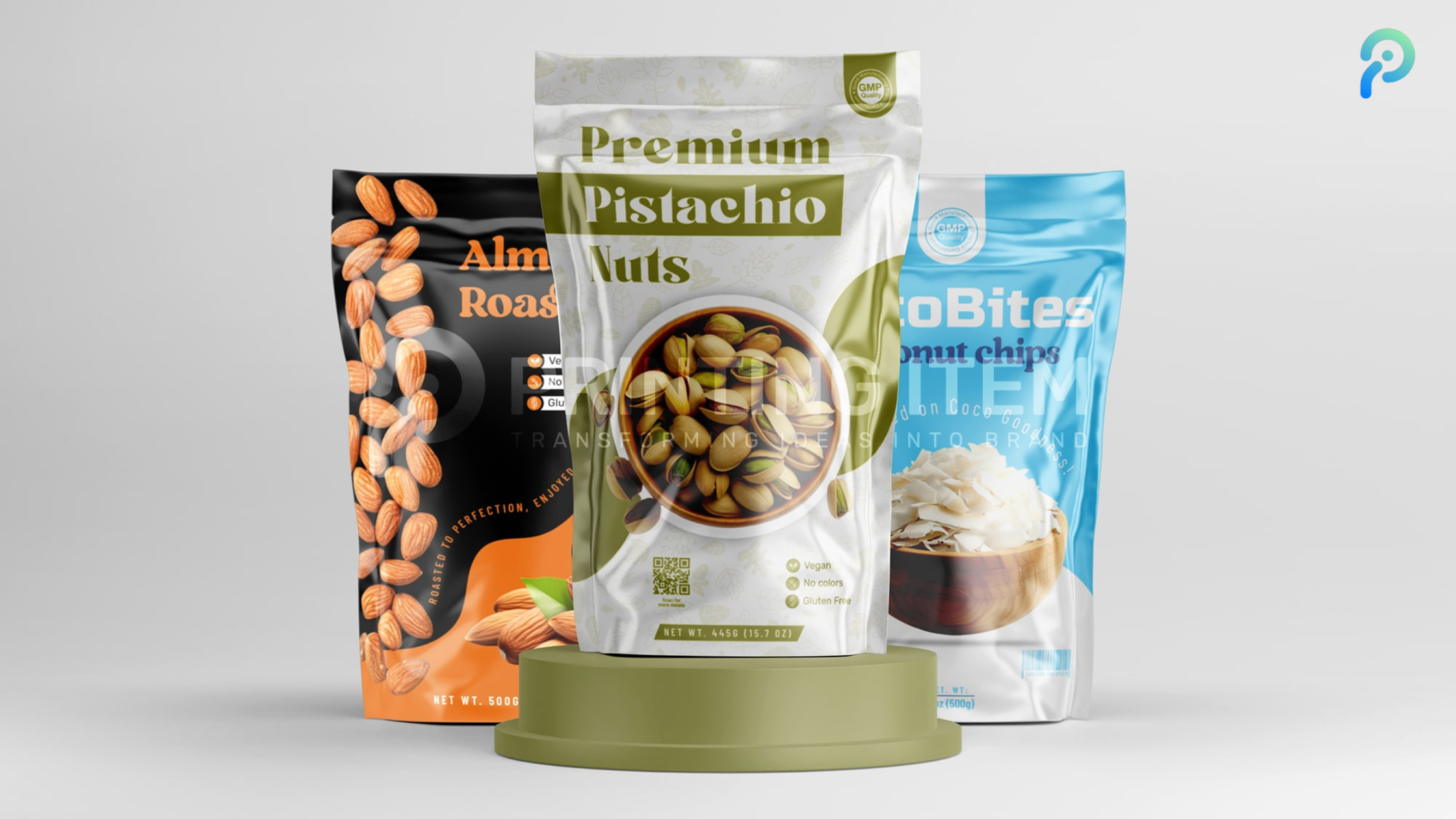
In today's competitive marketplace, the look and functionality of product packaging and level design can create a great difference between business success and failure. Whatever it be- retail, e-commerce, or game development, this knowledge will take your brand to the next level by improving your customers' experiences. This comprehensive guide covers strategies, best practices, and innovative ideas that guarantee success in these vital areas.
What is Packing?
Packing can be termed as a process through which items are prepared for transportation and sales. It will involve the selection of appropriate material and design to ensure that the product is not only protected during shipment but also presented in a presentable way.
What is Level Design?
Level design primarily applies in video games and refers to the creation of both worlds and tasks within a game. Good level design will ensure that a player maintains, receives, and is motivated to advance within the levels.
Both packing and level design play a very important role in the attraction and retention of customers. First impressions are affected by them, decisions to buy, and brand identity.
Key Factors of Effective Packing Design
1. Functionality
Product protection is the prime purpose of packaging. The packaging material must be strong and suitable as per the requirement of the product. For instance, fragile items need proper cushioning while perishable products may require temperature control in packaging.
2. Sustainability
Eco-friendly packaging has gained significant importance among buyers. Using biodegradable or recyclable material will not only impress environmentally conscious purchasers but will also add to the kudos of your brand. One can also use greener practices, such as shrinking packaging size and using less toxic inks.
3. Aesthetic Appeal
The visual elements of your packaging can create a big difference. Colors, typography, and imagery will speak to your target customer. The design elements you choose will help define your brand while creating certain emotions among shoppers.
4. Information and Clarity
There is a bunch of important information you want to include on your packaging, such as what the product is, how to use it, who made it, and so on. Transparency like this helps you build customer trust, and helps customers make better purchasing decisions.
5. User Experience
Consider how customers use your packaging: easy-open types, resealability, and legible labeling-all enhancing the user experience that can lead to repeat sales.
How to Approach the Design for an Effective Packing
1. Market Research
To begin with, it is important to understand your target audience. Run surveys, hold focus groups, conduct competitor analysis to understand trends about what consumers like in packing. This information will lead and assist in making design decisions that create packaging with which consumers will be able to connect.
2. Prototype and Test
Do some prototyping and testing before finalizing your packaging design. Get the opinions of potential customers and make changes if needed. Testing will be able to reveal certain problems that need resolution and result in enhancements regarding functionality and aesthetics.
3. Engage with Designers
Professional designers will give your packaging a facelift. Their skills in graphic design and material choice will end up with creative and effective packing solution design matching with your brand vision.
4. Observe Current Trends
The packaging industry is continuously changing. Keep an eye on some of the emerging trends: minimalistic designs, vintage looks, and smart packaging technologies. Move along with them, and your brand will keep up being relevant and wanted.
5. Leverage Technology
Use technology to make your life easier in packing design. 3D modeling software enables you to visualize how the design will look, while printing technology can help bring your idea into reality with great precision.
Key Elements of Successful Level Design
1. Gameplay Flow
Good Level Design: The gameplay just works. It is all about guiding the player through with a minimum of fuss so that the game flows along naturally and keeps the player involved. Use visual clues and design elements to lead the player where you want them to go.
2. Challenge and Balance
Level design is all about finding a balance in challenge. A level needs to be challenging enough to be engaging, but never frustratingly so. Vary levels of difficulty and give the player the means to succeed, whether it's power-ups or hints.
3. Aesthetic Cohesion
A level's visual design should be coherent, mirroring the overall theme and style of the game. Consistent color, style, and assets create a more immersive environment, allowing the player to feel part of a well-crafted world.
4. Interactivity
Add elements of interactivity that enhance gameplay. This can include things like puzzles, NPCs, and dynamic environments reacting to the players' actions-all great ways to enhance game satisfaction.
5. Player Feedback
Feedback is essential for players in order to keep them engaged. The indication for achievement, progress, and challenges should use visual and audio cues. Proper feedback mechanisms enable players to contextualize their actions and foster further playing.
Some Guidelines for Effective Level Design
1. Objectives
Establish with clarity what the player shall achieve on the different levels. What would you like the player to do? Clearly defined goals will give structure to your levels and direction to the player.
2. Iterative Design Process
Level design is seldom perfect on the first pass; instead, it works through an iterative design process: prototype, playtest, and refine levels through player feedback. This helps you catch any problems in their infancy, at which time you'll be able to make any adjustments necessary.
3. Create Diversity
Variability in the design of levels creates freshness and excitement in gameplay. Vary the goals, settings, and difficulties of the in-game level to sustain player interest. Make sure to plan for the introduction of new mechanics and surprises that will keep players on their toes.
4. Use Playtesting
Gather a few players to test your level design. You'll learn much about how different players deal with your game. Observe where they get stuck or get bored, and use this kind of feedback for improvements.
5. Add Storytelling
Narrative elements avail when designing a level, making it more interesting to players. Goals and environments may be story-driven to enhance the feel of the overall experience. It is a fact that players always spend extra time playing a game with a rich storyline.
Conclusion
Packing and level design require that artful mixture of creativity, strategy, and grasping who your audience is. Paying attention to functionality, sustainability, aesthetic issues of packing, and user experience, and emphasizing gameplay flow, challenge, and storytelling in level design, lead you to create experiences resonating with both customers and players alike.
Investing in these aspects will not only raise your brand level but will also lead to customer loyalty and increased sales. In a time when consumers have become so judicious, packing and level design will differentiate you from others and provide a passport to success that may well be permanent.
By doing all this, and continuing to perfect your strategy, you'll be able to secure the best possible results for your business in the markets of today that keep changing.
We have successfully completed many packing and label designs. You can contact us if you need. Our Projects!






